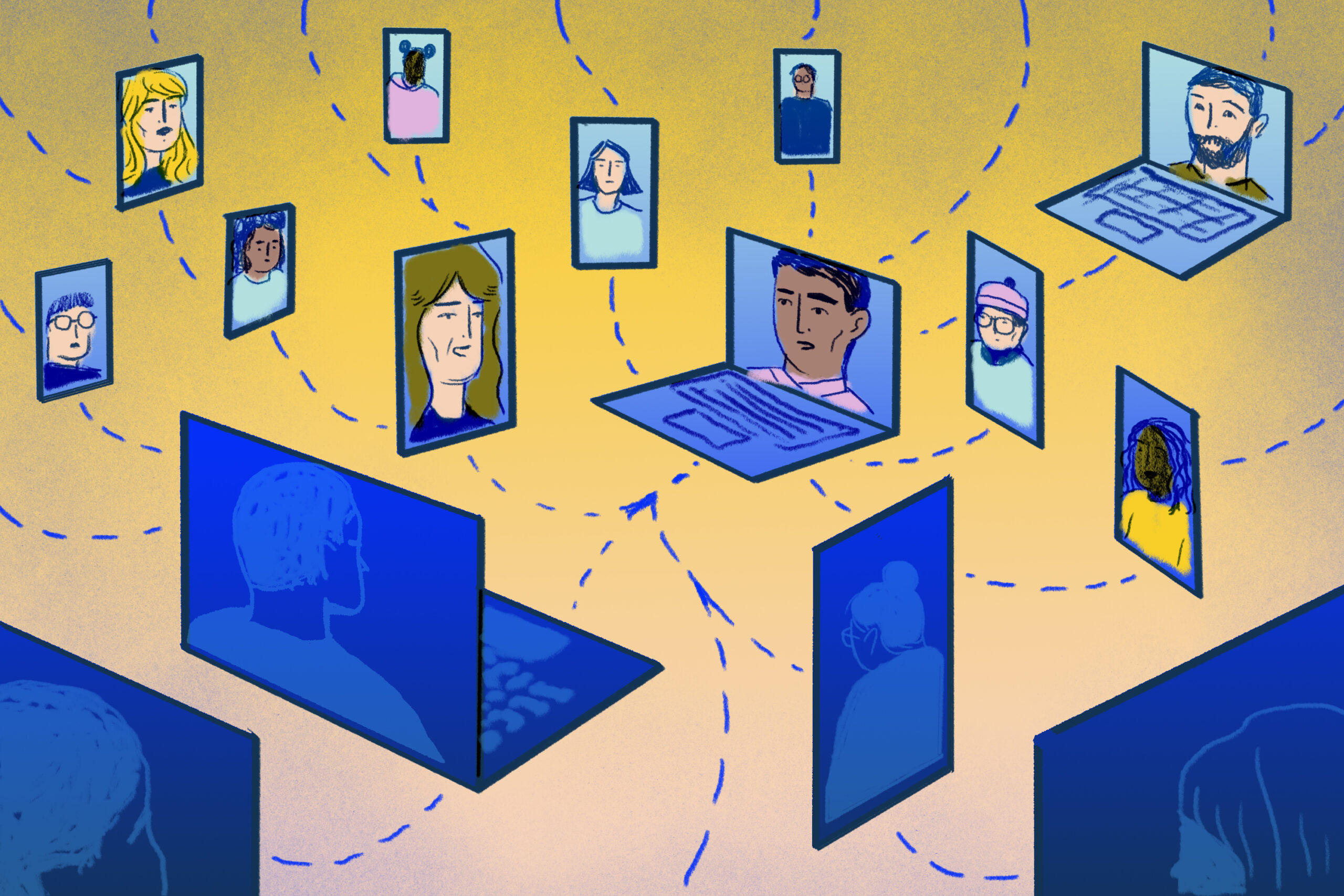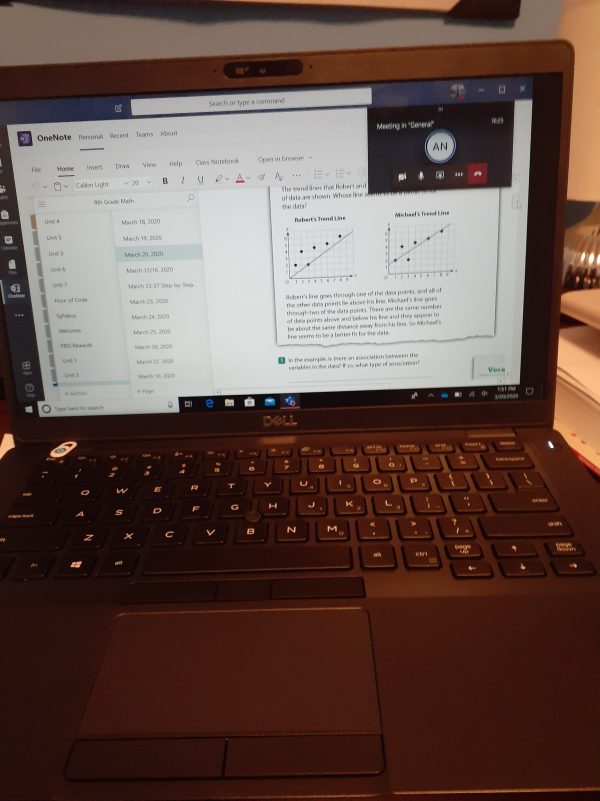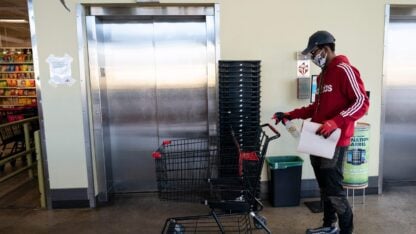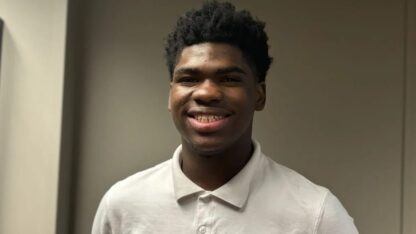Online Learning Presents Challenges For Students With Specific Needs

Fulton County School System has sites where families can pick up devices, like tablets, if they don’t have them at home. Internet providers like AT&T, Comcast and Charter are also offering free service temporarily so students can connect.
LA Johnson / NPR
Georgia’s public schools have switched to online learning at least through the end of the month to help slow the spread of COVID-19. But as everyone adjusts to “virtual school,” teachers of students in specialized populations, like English language learners or students with special needs, are worried about how much their students are learning remotely.
Getting Connected
Some teachers are still trying to make sure their students have access to the basics.
“The major challenge is making sure that these children have devices at home, and that they have [a] Wi-Fi connection,” says Laurie Carroll, who teaches math to seventh and eighth graders with special needs.
She says about a third of her students have been able to get online so far. Carroll teaches in the Fulton County School System, which has sites where families can pick up devices, like tablets, if they don’t have them at home. Internet providers like AT&T, Comcast and Charter are also offering free service temporarily so students can connect.
But Carroll says even when her students can get online, she can’t monitor them the same way she would in class.
“I can often gauge whether a child’s understanding the instruction by their body language and by looking at them, and I can’t do that at this point,” she says.

Carroll meets virtually with her classes each day, and she has told parents she’s able to meet with students individually if they’d like. She says when students submit their work online, it’s hard to tell how much time they spent on an assignment or how much help they received.
“I have to wonder, ‘Are they really getting it?’” she says.
Because her students need extra support, Carroll says she has to look for creative ways to present the material to them online.
“It’s something that I’m constantly having to think about…and say, ‘Okay, so can they click on something and it reads to them? Is it broken down enough where that they can cognitively understand what they need to do next?’”
Carroll says she’s had to rethink how she delivers instruction.
“That’s something that college doesn’t teach you,” she says. “This is something that is totally different for all of us. We’re rethinking, ‘How do we how do we teach?’”
‘We’ll Make It Work’
As challenging as it is for teachers, Carroll says it’s an even bigger change for parents.
“They’re having [to] now…ensure that their child is logging in or doing the work, whereas it’s always been, ‘Well, I send them to school, they’ll get it at school,’” she says. “Well, school’s now [at] home.”
Holly Love shares some of Carroll’s concerns. Love teaches second, third, and fourth graders who are English Speakers of Other Languages (ESOL). She worries about whether her students are absorbing as much online as they do in class.
“I really have to provide lots and lots of direct instruction to them,” Love says. “I have to tell them and remind them a lot of what we’re doing. I review the vocabulary every day for whatever is being taught.”
It’s harder to do that remotely, she says. Love is also concerned about her students who don’t have devices or Internet access. A little more than a third of her students have been able to get online so far. So, she’s reaching out to families to help them get set up.
Love is the reading teacher for some of her students. They do their reading lessons with her instead of their homeroom teachers. She says that initially caused confusion online because kids were getting two sets of reading assignments: one from their homeroom teacher and another from Love.
“[I thought] ‘Oh, wait my kids in these specific classes shouldn’t have to do both,” she says. “That’s double work. That’s not how it is when we’re actually in the building. So I think we’re all still trying to work out the kinks of how this is going to work.”
Love holds office hours where she can meet remotely with individual students. Meanwhile, she’s doing all of this while managing her own kids.
“[I] work from home, teach from home, and homeschool preschool and watching my almost 2-year-old as well,” Love says. “So, it’s kind of crazy.”
Despite the fits and starts, Love says her fellow teachers and school staffers deserve credit for making the adjustment so fast.
“We pretty quickly were told, ‘Okay, we’re switching to online,’” she says. “And we were just like, ‘Okay, well, we’ll make it work.’”
She says that’s what she’s doing: trying to make it work.
A note of disclosure: The Atlanta Board of Education holds WABE’s broadcast license. Holly Love teaches at Morningside Elementary School, which is part of Atlanta Public Schools.








